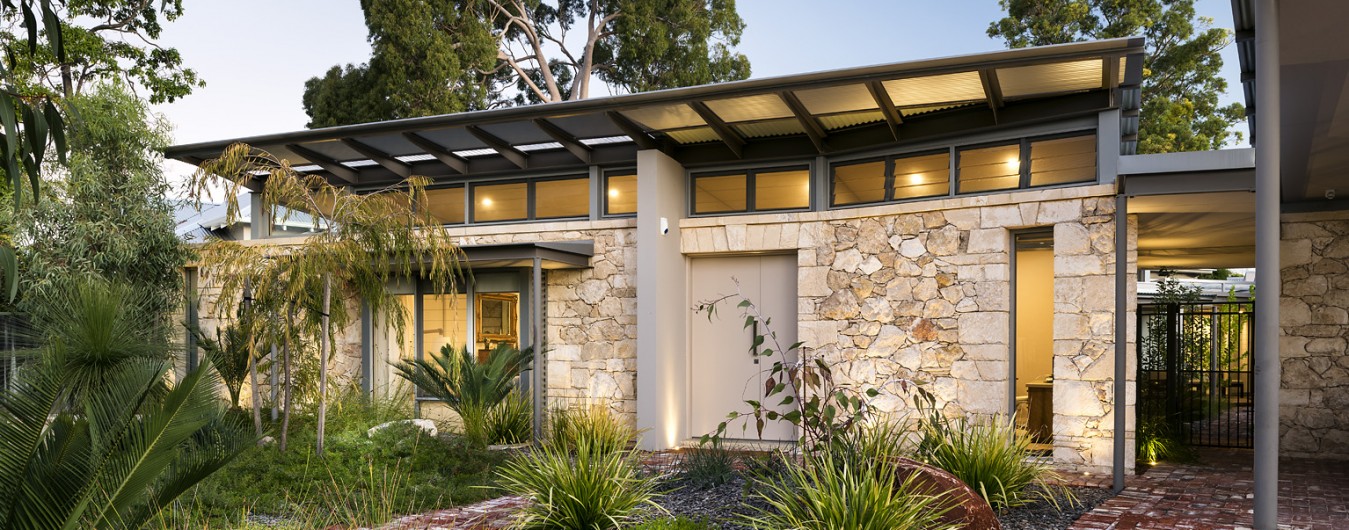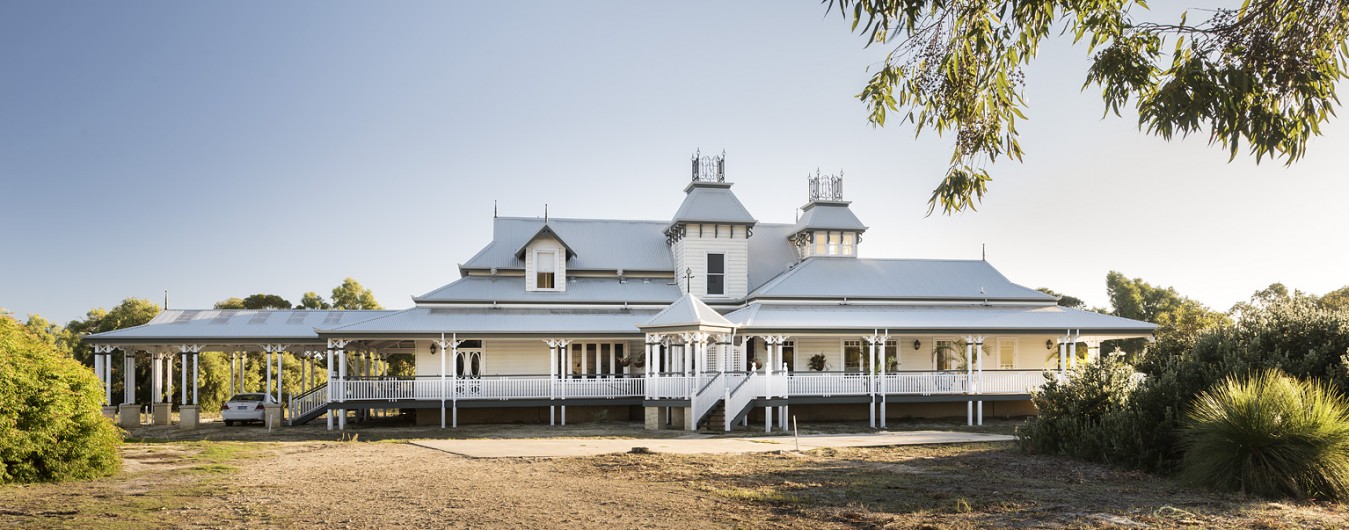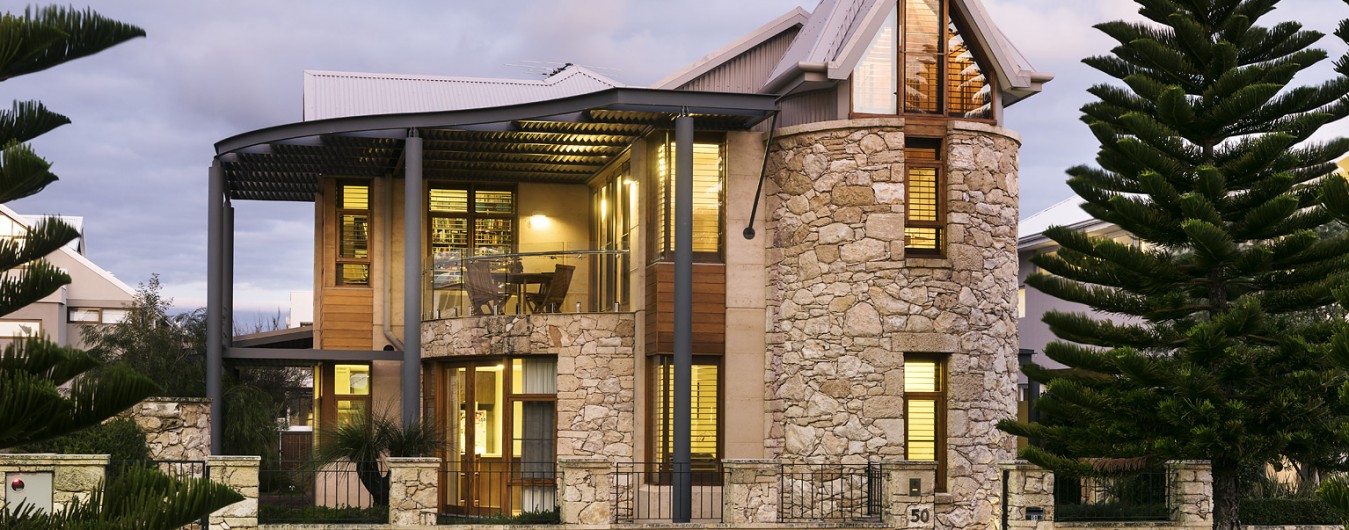Sustainable energy re-building Queensland.
The floods in Queensland have brought tragedy for some, and heartache and disruption for many, but can also bring opportunity for renewal for all, says the Sustainable Energy Association of Australia (SEA).
‘While towns and communities will have lost much, they will also have the opportunity to rebuild,’ says Prof. Ray Wills, SEA Chief Executive, and Adjunct Professor with The University of Western Australia.
Sustainable opportunity in re-building
‘And as communities rebuild, they will have the option of renewing and returning the best elements of their homes and towns, and making sure that the parts that were in the wrong place are moved, and the things that were poorly designed or even dysfunctional simply eliminated.’
‘As the Queensland Government makes plans for rebuilding, it must ensure that change for the better is a part of renewal.’
Upgrade public transport facilities
‘Some simple examples would include replacing roads with upgrades to create public transport, and rebuilding bridges and thoroughfares to include light rail, or at least the capacity for it in the future.’
‘As community facilities and public housing are refurbished or replaced, they can be built with improved sustainable design, better energy efficiency and include the latest renewable energy like solar to ensure that the future running costs of the facilities are minimised for all in the community.’
Re-build to 6 star energy efficiency standards
‘Further, the construction of new homes, alterations and additions will meet with new national 6 Star Standard for energy efficiency measures in the Building Code of Australia on 1 May 2011.’
‘Similarly, where appliances are replaced, new energy standards mean that the new equipment is likely to be more energy efficient. As one example, owners of flood-damaged air-conditioning that are more than a few years old will be able to replace units with higher efficiency systems.’
More Climate Change disruption ahead
‘The floods have also underscored our reliance on electricity particularly for refrigeration. But despite more and more houses having their own energy generation on their rooftops, the supply of electricity was still interrupted because of regulatory restrictions. Global warming promises increased storm disruptions and we must ensure our reconstruction recognises the need for houses to have a smart and secure supply based on their own generation of energy without compromising safety. Smarter design enforced through better regulation would be enough to ensure that, as often as possible, fridges stay on and food does not need to spoil even when disaster surrounds us.’
‘Rebuilding green will not only help reduce future energy bills but also support community resilience to future events.’
‘Government must also consider regulations that enforce building maintenance – I fully expect that poorly maintained buildings will have suffered more damage – and potentially put more people at risk – than those that were well maintained,’ says Prof Wills.
Bringing clarity to insurance clauses
‘Insurers already have the option of introducing such a clause in policies.’
‘However, insurance has also been identified as part of the problem too, with much debate sparked for a better, plain language definition for flood insurance from Queensland Treasurer, Andrew Fraser, and the Federal Government Assistant Treasurer, Bill Shorten.’
‘Also when we rebuild, we must also ensure our ability to respond is not limited by terms of insurance or regulation – reconstruction must not be limited by policy conditions that might prevent flexibility so that buildings or other assets built in the wrong place are not rebuilt in that same place because of expedience, or worse, failing to take into account the real cause of destruction in some of those places – bad planning,’ says Prof Wills.
‘Governments may need to step up with retrospective legislative measures to ensure policy conditions or government regulation – and such retrospectivity may need to apply to clarity in the definition of a flood.’
‘Greater energy efficiency in better designed more sustainable homes, and a lower risk to the community can all be an outcome from post-disaster reconstruction.’
‘Disasters bring tragedy, heartache and sadness – but our post-disaster renewal must not.’
Media contact:
Prof Ray Wills 0430 365 607









